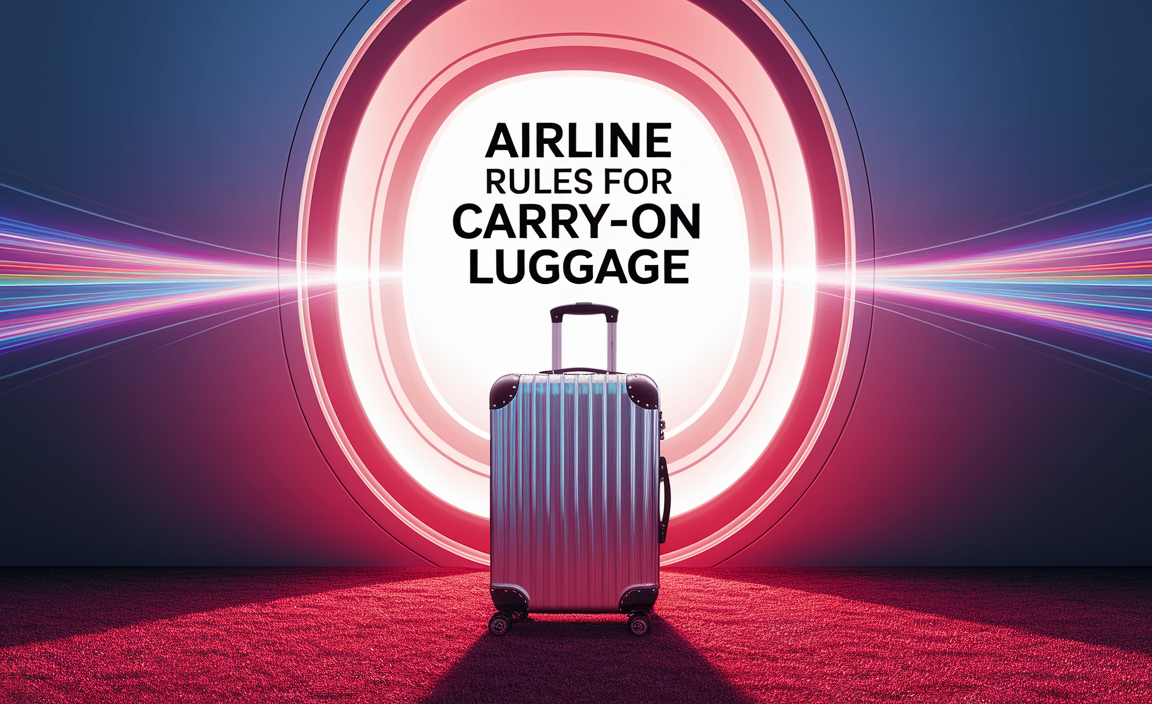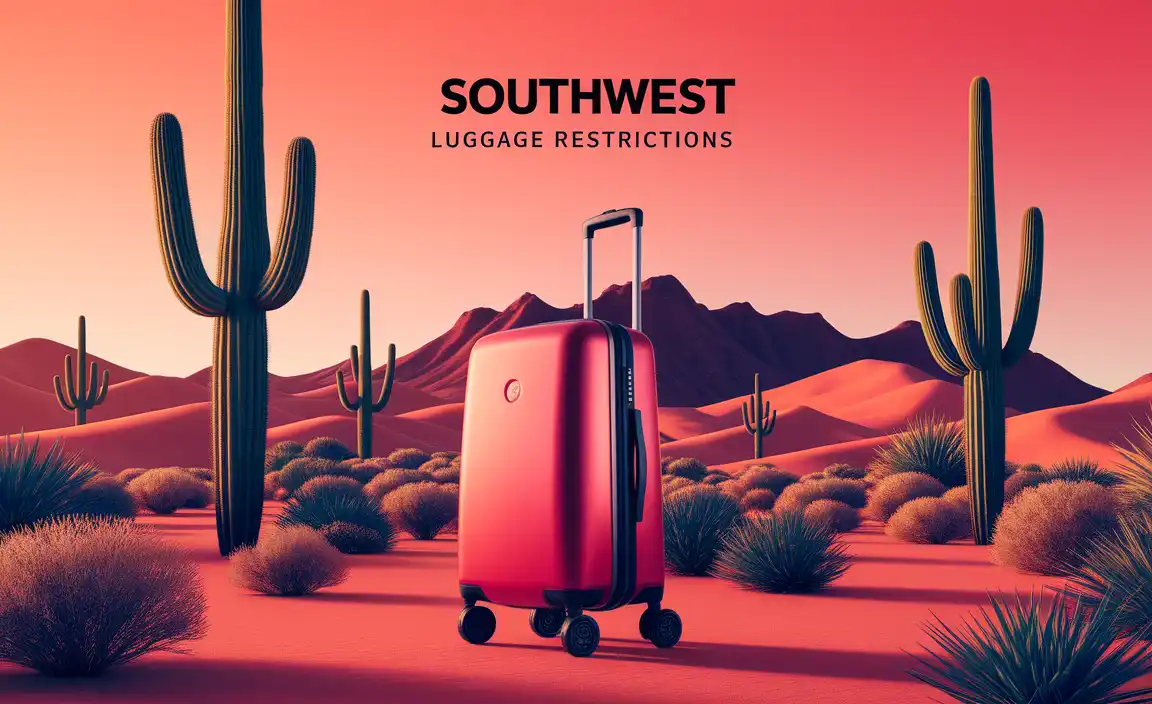Bolivia airport to city transport options are diverse, ranging from official airport taxis and shared minibusses (trufis) to private transfers and ride-sharing apps, ensuring a convenient and affordable journey to your hotel or accommodation.
Landing in a new country can be exhilarating, but navigating airport transportation can sometimes feel like a puzzle, especially in a place as vibrant and diverse as Bolivia. You’ve just spent hours in the air, and the last thing you want is stress finding your way to your hotel.
Don’t worry! Whether you’re flying into El Alto International Airport serving La Paz, Viru Viru International Airport in Santa Cruz, or Jorge Wilstermann International Airport in Cochabamba, getting to the city center is straightforward with a little planning. This guide will walk you through all your Bolivia airport to city transport options, making your arrival smooth and hassle-free. Get ready for an effortless transition from air to land!
Understanding Bolivia’s Major Airports and Proximity to Cities
Bolivia’s primary international gateways are crucial entry points for travelers. Each airport has its unique characteristics and proximity to the urban centers they serve, which directly impacts your transport choices and travel time. Familiarizing yourself with these details will help you make informed decisions right from the tarmac.
El Alto International Airport (LPB) – La Paz
El Alto International Airport, officially known as Aeropuerto Internacional El Alto, is one of the highest international airports in the world, situated at an elevation of 4,061 meters (13,325 feet). It serves the administrative capital, La Paz, and its sister city, El Alto. Despite its name, the airport is physically located in El Alto, a city that is part of the La Paz metropolitan area.
Proximity to La Paz City Center: The airport is approximately 15-20 kilometers (9-12 miles) from the historic center of La Paz. The journey can take anywhere from 30 minutes to over an hour, depending heavily on traffic congestion and the specific part of La Paz you’re heading to. The road winds down the steep Altiplano plateau into the canyon where La Paz is nestled.
Considerations: Due to the extreme altitude, it’s advisable to take it easy upon arrival. Hydrate well and avoid strenuous activity. Some travelers might experience altitude sickness.
Viru Viru International Airport (VVI) – Santa Cruz
Viru Viru International Airport is the largest and busiest airport in Bolivia, located in the department of Santa Cruz. It’s the main hub for travelers heading to Santa Cruz de la Sierra, the country’s economic capital and largest city.
Proximity to Santa Cruz City Center: The airport is situated about 17 kilometers (11 miles) northeast of downtown Santa Cruz. The drive typically takes 30-45 minutes without heavy traffic. The terrain is much flatter and more tropical compared to La Paz.
Considerations: Santa Cruz is known for its warmer climate and is a major commercial and tourist hub.
Jorge Wilstermann International Airport (CBB) – Cochabamba
Jorge Wilstermann International Airport serves the city of Cochabamba, located in the center of the country. It is a significant domestic and international gateway for the central region.
Proximity to Cochabamba City Center: The airport is conveniently located just a few kilometers (around 8 km or 5 miles) from the city center. This means a quick and easy transfer, usually taking about 15-20 minutes by road.
Considerations: Cochabamba is known for its pleasant climate and agricultural importance.
Understanding these airport locations and their respective cities sets the stage for choosing the best transport method. Now, let’s dive into your transportation options.
Your Transport Options from Bolivian Airports
When you arrive at any Bolivian airport, you’ll typically find a range of transportation choices. These options are designed to cater to different budgets, comfort levels, and needs, ensuring you can get to your destination efficiently.
Official Airport Taxis
Most major Bolivian airports have designated taxi services. These are often the most convenient option as they are usually readily available right outside the arrivals hall.
How it works: Look for official taxi stands or counters within the airport terminal. You’ll typically pay a fixed rate, which should be displayed or confirmed before you start your journey. This pre-payment system helps avoid fare disputes.
Pros:
Convenient and readily available.
Fixed, official rates can prevent overcharging.
Drivers are generally familiar with airport procedures.
Cons:
Can be more expensive than other local options like trufis.
Comfort levels and vehicle condition can vary.
Recommendation: A reliable choice for immediate convenience, especially if you have a lot of luggage or are arriving late at night. Always confirm the fare before departing.
Remises and Private Transfers
Remises are a step up from standard taxis, often offering more comfortable, private vehicles with pre-booked services. This is a common way to arrange transport in Bolivia.
How it works: You can often pre-book a remise service online through various companies or through your hotel. Upon arrival, you’ll be met by a driver holding a sign with your name. Alternatively, you can often find remise desks or services within the airport.
Pros:
Higher comfort and vehicle quality compared to standard taxis.
Pre-booking ensures a vehicle is waiting for you.
Ideal for families or those prioritizing comfort.
Can be booked for specific times and destinations.
Cons:
Generally the most expensive option.
Requires pre-planning.
Recommendation: Excellent for those seeking a stress-free, comfortable start to their trip, especially for longer journeys or when traveling with children and perhaps requiring space for essentials like child diapers.
Ride-Sharing Apps (Uber, DiDi)
Ride-sharing services have become increasingly popular in major Bolivian cities. They offer a modern, convenient, and often cost-effective way to get around.
Availability: While not present at every single small airport, apps like Uber and DiDi (a popular alternative in Latin America) operate in La Paz, Santa Cruz, and Cochabamba.
How it works: Download the app to your smartphone, set up your account with payment details, and request a ride. The app will show you available drivers, estimated arrival times, and fare estimates. You can track your driver’s location in real-time.
Pros:
Transparent pricing and fare estimates.
Convenient booking through your phone.
Driver and vehicle details are available for safety.
Often cheaper than official airport taxis or remises.
Cons:
Requires a reliable internet connection (Wi-Fi at the airport or a local SIM card).
Driver availability can fluctuate, especially during peak hours or at less central airports.
Some drivers might not speak much English.
Recommendation: A great option if you have data access and prefer app-based convenience and pricing. Be sure to check if Uber or DiDi operates from your specific arrival airport. For international travelers, consider getting a local SIM card upon arrival for easy communication and data.
Public Transport (Minibusses – “Trufis” and Buses)
For the budget-conscious and adventurous traveler, public transport is an option, though it’s less common directly from the airport terminals themselves compared to major city centers.
How it works: You’ll likely need to take a short taxi or mototaxi ride from the airport to the nearest main road or bus terminal where trufis (minibuses) or intercity buses operate. Trufis are the lifeline of urban transport in Bolivia, plying set routes. Buses connect cities.
Pros:
Extremely affordable.
Offers a genuine local experience.
Cons:
Can be confusing for first-time visitors trying to decipher routes.
May involve multiple transfers.
Less comfortable, especially with luggage.
Not always direct from the airport; might require a short initial taxi ride to a bus stop.
Limited luggage space for bulky items or multiple bags.
Not ideal for elderly travelers or those with mobility issues, or parents managing children and supplies like children’s diapers.
Recommendation: Best suited for experienced travelers who are comfortable navigating local transport systems and have minimal luggage. Not recommended for a first arrival, especially if you are not fluent in Spanish.
Rental Cars and Self-Driving
Renting a car is generally not recommended for first-time visitors in Bolivia, especially for navigating airports to city transfers.
Considerations: Road conditions can be variable, traffic navigation can be challenging, and parking might be difficult in busy city centers. Driving laws and habits can differ significantly from what you might be used to.
Pros:
Freedom and flexibility if exploring beyond the cities.
Cons:
Difficult navigation in urban areas.
Variable road conditions and driving practices.
Potential for language barriers with rental agencies or authorities.
Not practical for short airport-to-city transfers.
Recommendation: Only consider if you are a seasoned traveler with experience driving in similar complex environments and planning extensive exploration outside major cities. For airport transfers, it’s best to avoid. International Driving Permits are typically required.
Step-by-Step Guide for Airport to City Transfers
To make your journey as smooth as possible, here’s a general step-by-step approach you can follow upon arrival at any Bolivian airport.
Step 1: Clear Immigration and Customs
As soon as you disembark, follow the signs for immigration and then customs. Have your passport and any required travel documents ready.
Step 2: Collect Your Luggage
Head to the baggage claim area. Your flight information display will indicate which carousel your luggage will be on. Be patient, as baggage delivery can sometimes take a while.
Step 3: Assess Your Immediate Situation and Needs
Once you have your bags and are through customs, take a moment.
Connectivity: Do you have a local SIM card or portable Wi-Fi device? Can you connect to the airport’s Wi-Fi to check ride-sharing apps or contact your hotel?
Currency: Do you have some local Bolivian Bolivianos (BOB) for immediate expenses like a short taxi ride or tips? While credit cards are accepted in many places, smaller transport options often require cash. ATMs are usually available within or near the airport.
Comfort Needs: If you or a family member require specific comfort items, like adult diapers or child diapers for comfort during travel or the journey into the city, ensure they are easily accessible from your carry-on or a readily opened bag. Bolivia offers a more traditional travel experience, so having your essentials handy is key to a stress-free transition.
Step 4: Locate Transportation Options
Signs will typically direct you to the ground transportation area.
Official Taxis: Look for clearly marked taxi ranks or counters. These are usually the most visible and accessible.
Remise/Private Transfers: If you’ve pre-booked, look for a driver holding a sign with your name. If not, there might be remise desks inside or just outside the arrivals hall.
Ride-Sharing Apps: If you have an app installed and data, discretely check for pickup points indicated by the app. Sometimes, official airport Wi-Fi is available for this.
Public Transport: This usually involves exiting the airport and getting a short taxi ride to the nearest main road or terminal where trufis or buses depart.
Step 5: Choose Your Mode of Transport and Negotiate or Confirm Fare
Official Taxis: Confirm all details with the dispatcher or driver before starting. Get an estimate if a fixed price isn’t clear.
Remises/Private Transfers: Your fare should have been agreed upon at booking.
Ride-Sharing Apps: The fare is usually displayed in the app.
Public Transport: Fares are typically very low and paid to the driver or conductor.
Step 6: Travel to Your Destination
Your driver will take you to your hotel or accommodation. It’s a good idea to have the address clearly written down, preferably in Spanish, or on your phone.
Step 7: Arrive and Settle In
Once you reach your destination, pay your driver (if not prepaid) and collect your luggage. Take a moment to get acquainted with your surroundings and settle into your accommodation. If you packed essentials like adult or child travel diapers, now is a good time to ensure they are stowed comfortably for easy access during your stay.
Tips for a Stress-Free Arrival
Beyond the logistics, a few extra tips can enhance your arrival experience in Bolivia.
Learn Basic Spanish Phrases: While some people in tourist areas speak English, knowing basic phrases like “Cuánto cuesta?” (How much does it cost?), “¿Dónde está…?” (Where is…?), and pleasantries like “Hola” (Hello) and “Gracias” (Thank you) can go a long way.
Have Local Currency Ready: While ATMs are available, having some Bolivianos (BOB) upon arrival ensures you can pay for immediate needs like a taxi or a bottle of water without delay. Exchange a small amount before you leave home or at the airport, though rates might be better elsewhere.
Be Aware of Altitude: Especially in La Paz, take it easy upon arrival. Drink plenty of water, avoid alcohol and heavy meals for the first day, and follow your body’s signals.
Confirm Luggage Space: If you have a lot of luggage, including larger items or multiple bags that might contain travel essentials like adult diapers or child diapers, communicate this with your chosen transport provider beforehand if possible, or ensure the vehicle is large enough.
Stay Hydrated: The dry, high-altitude air can be dehydrating. Carry a water bottle.
Trust Your Instincts: If a situation feels off, don’t hesitate to seek help from airport staff or choose a different transportation option.
Keep Valuables Secure: As in any country, be mindful of your belongings, especially in crowded areas.
Table Comparing Airport Transport Options
To help you visualize the choices, here’s a comparison of the main transport methods from Bolivian airports to the city.
| Feature | Official Airport Taxis | Remises/Private Transfers | Ride-Sharing Apps (Uber, DiDi) | Public Transport (Trufis/Buses) |
| Cost | Medium-High | Highest | Low-Medium | Lowest |
| Convenience | High | Very High | High (with data) | Low-Medium |
| Comfort | Medium | High | Medium-High | Low |
| Availability | Always available | Pre-booked | Variable, requires app/data | Requires travel to stop/terminal |
| Booking Method | On-site | Pre-booked or on-site | Mobile app | On-site (at stop/terminal) |
| Best For | Immediate convenience | Comfort, families, groups | Budget-conscious, tech-savvy | Extreme budget travelers |
| Language Barrier | Possible | Less likely if pre-booked | Possible | High |
Understanding Currency and Payment
The local currency in Bolivia is the Bolivian Boliviano (BOB).
Cash is King: For most airport taxis, trufis, and small purchases, you’ll need Bolivian Bolivianos in cash. When haggling for taxi fares (where not fixed), having small denominations is helpful.
ATMs: ATMs are widely available in cities and often at the airports. Ensure your bank card is enabled for international withdrawals and inform your bank of your travel dates.
Credit Cards: Larger hotels, upscale restaurants, and some tour operators accept credit cards. However, smaller businesses and many transportation options will not.
Exchanging Money: Exchange rates can vary. Airport exchange booths might offer less favorable rates than banks or official exchange houses in the city. It’s often best to withdraw cash from an ATM







